What caused fungal disease on Mexican plum and Kieffer pear?
First, Mo Saiidi’s two-year-old Mexican plum tree was beautiful its first year. After that, the new leaves that developed were deformed, and would eventually shrivel up and fall off. We consulted Extension fruit specialist Jim Kamas on this one, and learned that the problem is a fungal disease known as peach leaf curl.
The good news is that this is a leaf issue, and it can be dealt with effectively by preventative sprays of copper hydroxide fungicide. Apply when the tree is dormant, just before budbreak. In early spring, watch for the tree to develop buds and swell as they grow. The time when the buds are swelling would be a good time to spray.
Cool, rainy springs contribute to this issue, but if the spring is warm and dry, the fungal spores are not as prevalent. The tree should grow out of this once the air turns warmer and drier, but growth may be stunted, since the tree needs healthy, green leaves to photosynthesize, and it will need to draw on carbohydrate reserves to produce new leaves.
Next, George Horn’s Kieffer pear tree suffers from quince rust. Jim Kamas confirms that this isn’t a common disease around here, but Kieffer pears are particularly susceptible to it. Jim suggests removing and tossing all of the affected fruit.
Unfortunately, the fungicides labeled to treat this disease are not readily available to homeowners, so if this problem recurs, it might be best to remove the tree.

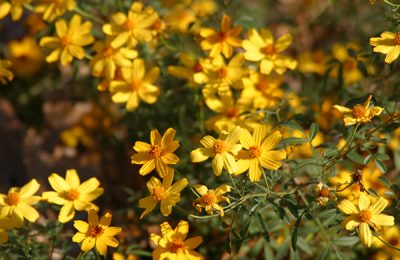
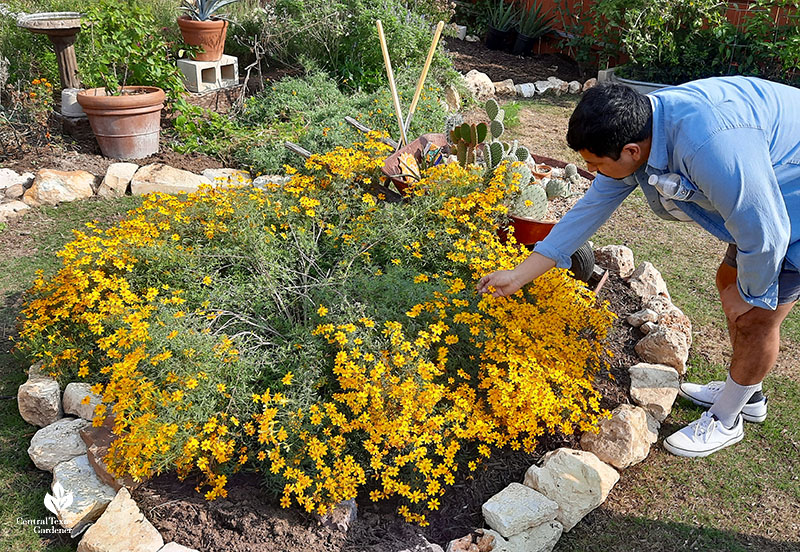 Copper Canyon daisy gets about 3-6’ feet in height and can spread just as far.
Copper Canyon daisy gets about 3-6’ feet in height and can spread just as far.
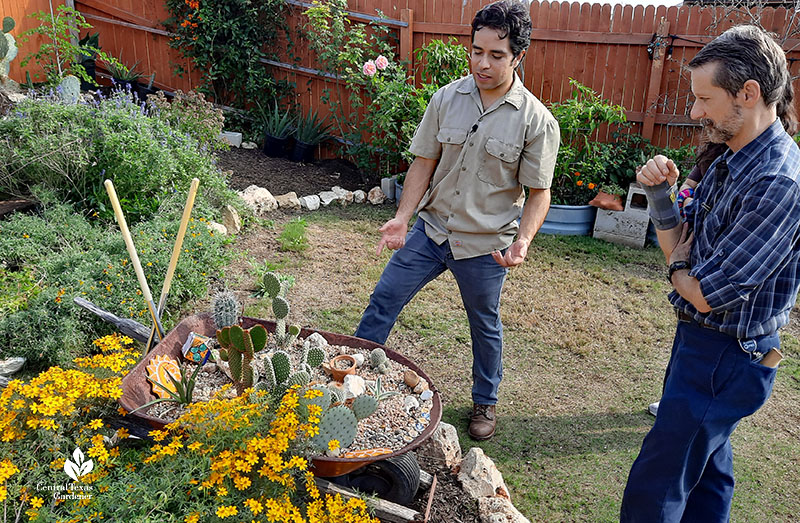 Its narrow, minty-pungent leaves deter deer (usually!).
Its narrow, minty-pungent leaves deter deer (usually!).
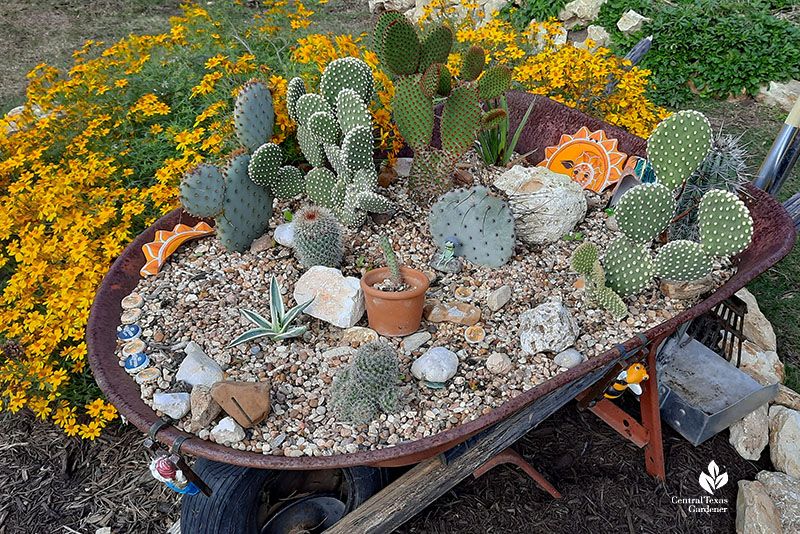 Blooming mainly in late summer through fall, it can also flower in late spring. Its small, golden yellow flowers attract bees and butterflies.
Blooming mainly in late summer through fall, it can also flower in late spring. Its small, golden yellow flowers attract bees and butterflies.
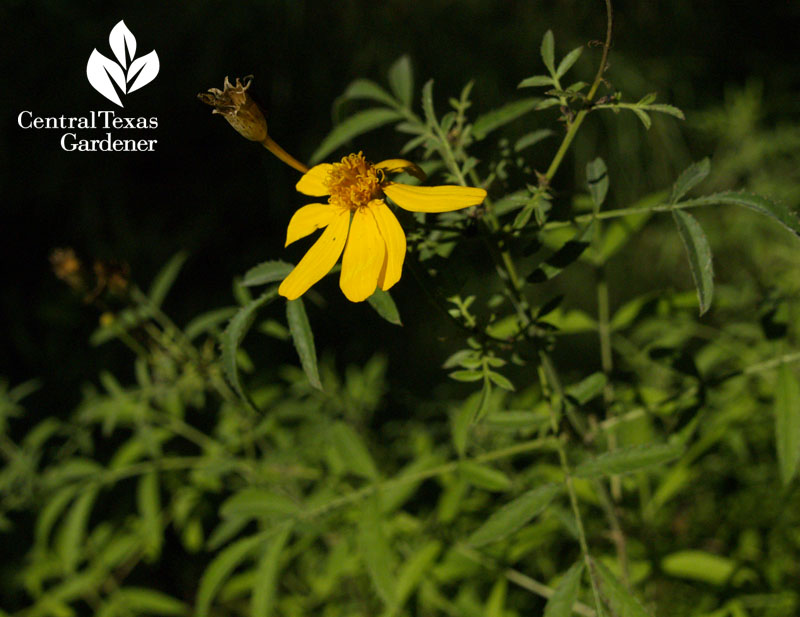 In most winters, top growth will die back after the first frost. Shear back to the ground in late winter/early spring. If it blooms in spring, trim it lightly in early summer to reinvigorate the plant and encourage summer foliage and fall blooms.
In most winters, top growth will die back after the first frost. Shear back to the ground in late winter/early spring. If it blooms in spring, trim it lightly in early summer to reinvigorate the plant and encourage summer foliage and fall blooms.